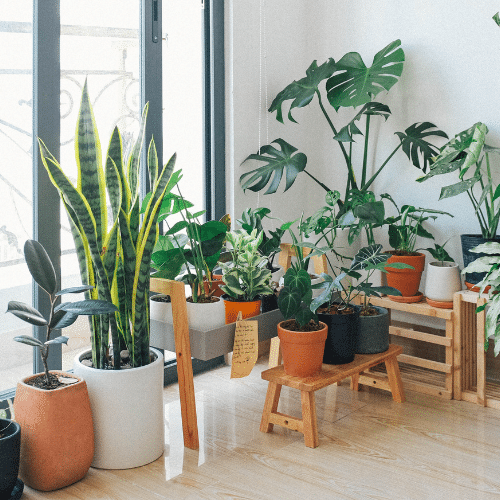
18 Sep Indoor Plants and Pest Issues
The Dual Role of Indoor Plants
Indoor plants add a touch of nature to our homes and offices, offering not just aesthetic beauty but also benefits like improved air quality and a calming atmosphere. However, these green additions can sometimes be more than just decorative—they can also attract pests if not managed properly. As a family-owned organic pest control company based in South Florida, we understand the unique challenges of keeping both plants and properties pest-free. Here’s what you need to know about how indoor plants can impact pest infestations and how to manage them effectively.
Indoor plants bring many benefits to both homes and businesses. They enhance the visual appeal of any space, adding color and life to otherwise dull environments. Plants like peace lilies, ferns, and snake plants are not only beautiful but also effective at filtering air pollutants and increasing humidity. This can make indoor air feel fresher and more comfortable. Studies have shown that having plants around can reduce stress levels and boost productivity, making them a popular choice for offices and homes alike. They also contribute to a more inviting and pleasant atmosphere, improving overall well-being.
However, while they contribute positively to your environment, indoor plants can also create conditions that are attractive to pests if not properly maintained. The moisture that benefits the plants can also attract pests like fungus gnats and mold mites, particularly in humid climates like South Florida. Regular maintenance and pest management are key to ensuring that the benefits of your indoor plants outweigh any potential drawbacks.
Aphid Issues with Indoor Plants
Indoor plants can unfortunately attract a variety of pests. Understanding these pests and how they interact with your plants is crucial for effective management.
Aphids are tiny, sap-sucking insects that can quickly infest plants. They often gather on new growth, causing leaves to curl and become distorted. Aphids excrete a sticky substance called honeydew, which can lead to sooty mold growth on your plants. They are highly mobile and can spread to other plants if not controlled promptly. Aphids reproduce rapidly, so even a small infestation can escalate quickly if not addressed.
In addition to damaging plant growth, aphids can weaken plants by draining essential nutrients. They can also attract other pests like ants, which are drawn to the honeydew they produce. Regularly inspecting your plants and using natural predators like ladybugs can help keep aphid populations under control.
Spider Mite and Mealybug Fixes
Spider mites are minuscule arachnids that thrive in hot, dry conditions. They create fine webbing on the undersides of leaves, which can be a sign of their presence. These pests suck out plant fluids, causing leaves to become speckled, yellowed, and eventually fall off. Spider mites are particularly problematic in dry indoor environments where humidity is low, making them a common issue for indoor plant owners.
To combat spider mites, increase humidity around your plants by misting them or using a humidity tray. Regularly cleaning leaves with a damp cloth can help remove mites and their webbing. Introducing predatory mites, which feed on spider mites, can also be an effective solution.
Mealybugs resemble small, white cottony masses on plant stems and leaves. They feed on plant sap, weakening plants and causing stunted growth. Mealybugs can hide in crevices and between leaves, making them difficult to spot until they have already caused significant damage. Their presence can also attract ants, which protect them in exchange for honeydew.
Treating mealybugs involves physically removing them with a cotton swab dipped in alcohol, which can kill them on contact. Systemic insecticides or neem oil can also be used to manage larger infestations. Regularly inspecting plants and cleaning their surfaces can help prevent mealybug issues.
Beat Whiteflies and Gnats
Whiteflies are small, white flying insects that cluster on the undersides of leaves. They feed on plant sap, causing leaves to turn yellow and drop prematurely. Whiteflies can reproduce quickly and spread easily, making them a challenging pest to control.
To manage whiteflies, use yellow sticky traps to catch adults and reduce their numbers. Introduce natural predators like lacewings and parasitic wasps, which feed on whiteflies. Ensuring good air circulation around plants can also help reduce whitefly populations.
Fungus gnats are tiny, dark flies that are often seen hovering around the soil of potted plants. Their larvae feed on decaying organic matter in the soil, including plant roots. This can lead to root damage and overall plant health decline.
To control fungus gnats, allow the top layer of soil to dry out between waterings, as gnats thrive in moist conditions. Using a layer of sand or diatomaceous earth on top of the soil can help deter them. Yellow sticky traps can also catch adult gnats and reduce their numbers.
Managing Pests in Houseplants
Indoor plants can unfortunately become havens for pests if not managed properly. Moisture retention is a significant factor; overwatering can lead to soggy soil, which creates a perfect environment for pests like fungus gnats. To prevent this, ensure your plants have proper drainage and avoid excessive watering. Additionally, plant debris such as dead leaves and fallen parts can attract pests by providing both shelter and food. Regularly cleaning your plants and removing any debris can help mitigate these issues. Plants with dense foliage are also more prone to pest problems as they offer ample hiding spots.
Preventive measures and proper care are essential for keeping your indoor plants healthy and minimizing pest problems. Choosing pest-resistant plants, such as spider plants and succulents, can reduce the likelihood of infestations. It’s important to water plants according to their specific needs and ensure that pots have good drainage to prevent water accumulation. Regularly inspect your plants for signs of pests, such as unusual spots, webbing, or sticky residues, and address any issues promptly. Routine maintenance, including cleaning leaves and removing dead plant material, can further help in keeping pests at bay.
If pests do become an issue, consider using natural and organic control methods. Insecticidal soaps and neem oil are effective against a variety of pests and safe for indoor use. Introducing beneficial insects, like ladybugs, can also help manage pest populations naturally. By following these guidelines, you can enjoy the benefits of indoor plants without the added concern of pest problems.
Conclusion
Indoor plants can greatly enhance the ambiance and health of your living or working space, but they require proper care to avoid becoming a pest magnet. By understanding the common pests associated with indoor plants and implementing preventive measures, you can enjoy the benefits of greenery without the headache of pest problems. Regular maintenance, proper plant care, and timely pest control actions are key to keeping your indoor plants healthy and your space pest-free.
With a bit of attention and proactive management, you can create a thriving indoor garden that contributes positively to your environment while keeping pests at bay. If you need assistance with pest control or have concerns about your indoor plants, don’t hesitate to reach out to a professional for guidance.


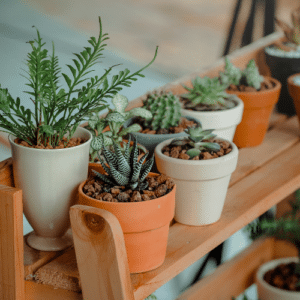
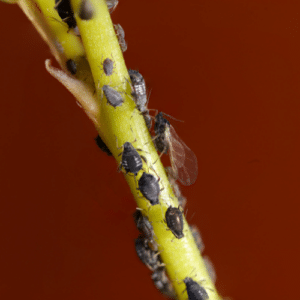
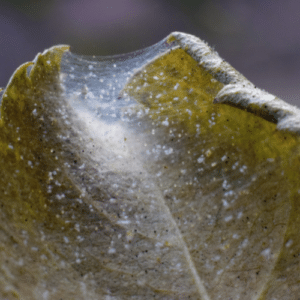
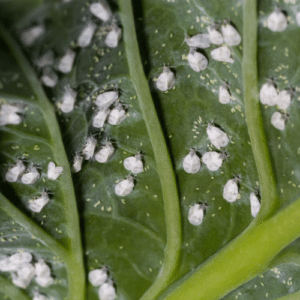
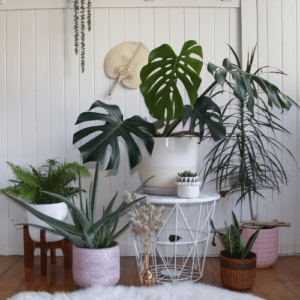
No Comments